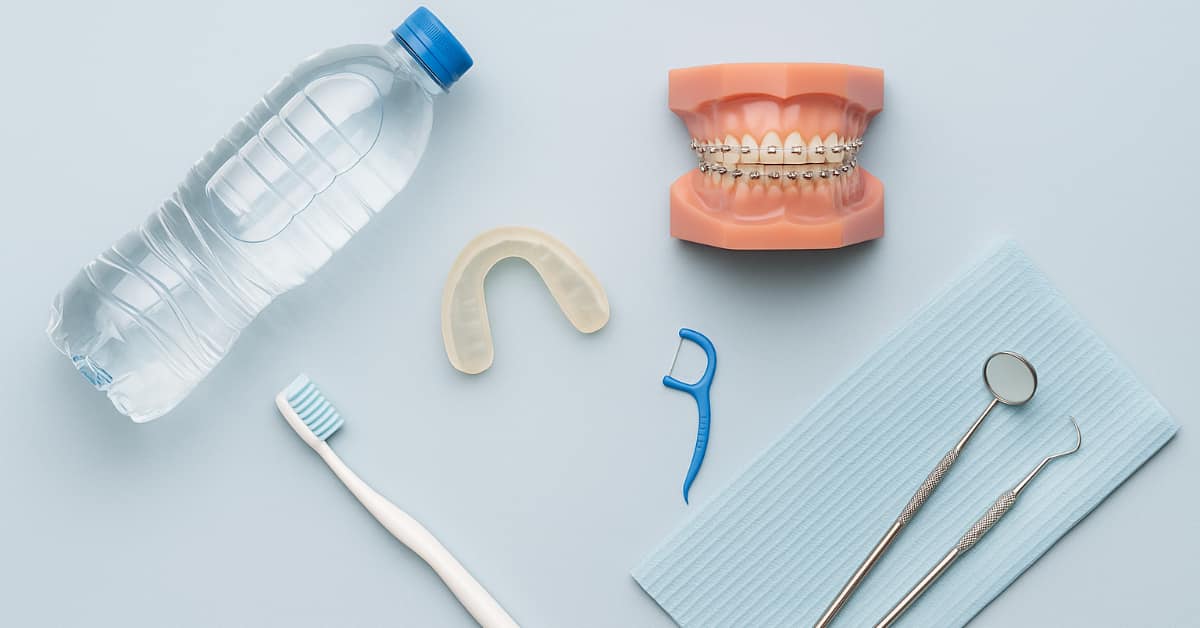Fluoride remains one of the most studied and widely used tools in modern dentistry. In 2025, public health organizations like the American Dental Association (ADA), World Health Organization (WHO), and Centers for Disease Control and Prevention (CDC) still recommend fluoride for cavity prevention. Still, updated fluoride guidelines and debates have shifted the conversation.
Whether it’s in toothpaste, drinking water, or professional treatments, fluoride helps strengthen tooth enamel, reverse early decay, and protect against cavities. However, growing public interest in its safety and regulation has made it a hot topic in dental health.
Why Fluoride Is Still Important in 2025
- Strengthens enamel to resist acid attacks from bacteria and sugars
- Remineralizes early tooth decay before it becomes a cavity
- Reduces cavity rates in children and adults
- Cost-effective public health measure—water fluoridation saves billions in dental care costs each year
The CDC continues to list community water fluoridation as one of the top public health achievements of the last century.
ADA & CDC 2025 Recommendations
Water Fluoridation Standards
- Optimal level: 0.7 mg/L (ppm) in U.S. public water supplies
- WHO guidelines: 0.5–1.5 mg/L depending on climate and local needs
- Purpose: Balance cavity prevention with minimizing the risk of dental fluorosis (mild white spots on enamel).
Fluoride for Children
- 0–3 years old: Use a smear (grain of rice) of fluoride toothpaste twice daily.
- 3–6 years old: Use a tiny pea-sized amount of fluoride toothpaste.
- Begin as soon as the first tooth appears and supervise brushing to avoid swallowing.
Professional Treatments
- Children under 6: 2.26% fluoride varnish for high-risk patients
- Ages 6+ and adults: 1.23% gel or prescription-strength fluoride rinses for added protection
- Recommended for people with gum disease, frequent cavities, braces, or dry mouth.
Emerging Concerns in 2025
Neurodevelopmental Research
Some studies have linked very high fluoride exposure (above 1.5 mg/L) to potential cognitive effects in children. However, U.S. fluoridation levels remain well below this threshold, and major dental and public health organizations maintain that fluoride at recommended levels is safe.
Fluorisis Risk
- Mild dental fluorosis can occur if children ingest too much fluoride during tooth development.
- Usually cosmetic, presenting as faint white streaks or spots on enamel.
- Prevented by supervising brushing and using the correct toothpaste amounts.
Regulatory Changes
- In 2025, some states reviewed or challenged community water fluoridation programs.
- The FDA has begun reviewing fluoride supplements for children, considering updated safety data, but toothpaste, mouth rinses, and professional treatments remain unaffected.
Balancing Benefits and Risks
Dental experts agree that the benefits of fluoride far outweigh the risks when used as recommended. The key is controlled exposure—getting enough fluoride to protect teeth without overexposure.
Practical tips for safe fluoride use in 2025:
- Brush twice daily with the right fluoride toothpaste amount for your age group
- Drink fluoridated water if available, or discuss supplements with your dentist if not
- Schedule professional fluoride treatments if you’re at high risk for cavities
- Supervise children’s brushing until they can spit toothpaste effectively
Fluoride Guidelines: The Bottom Line
In 2025, fluoride remains a cornerstone of preventive dental care. Public health guidelines continue to support its use in toothpaste, water, and professional treatments, while ongoing research ensures safety standards are maintained.
By following ADA and CDC recommendations, you can take advantage of fluoride’s protective benefits while avoiding overexposure.
Want to learn more about how fluoride works in toothpaste and daily dental care and additional fluoride guidelines? Please read our complete guide: Fluoride and Toothpaste: Benefits, Safety, and Use
Get in touch to learn more about us at Suburban Essex Dental and to schedule a dental consultation.






